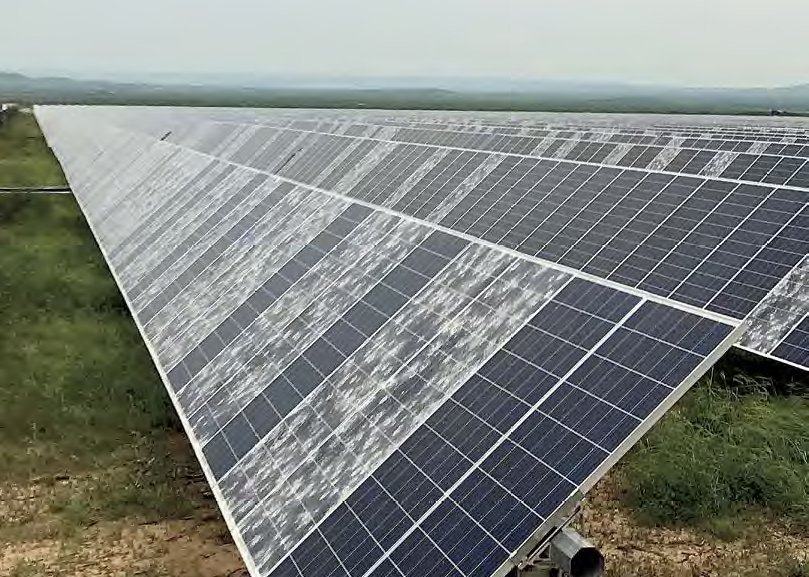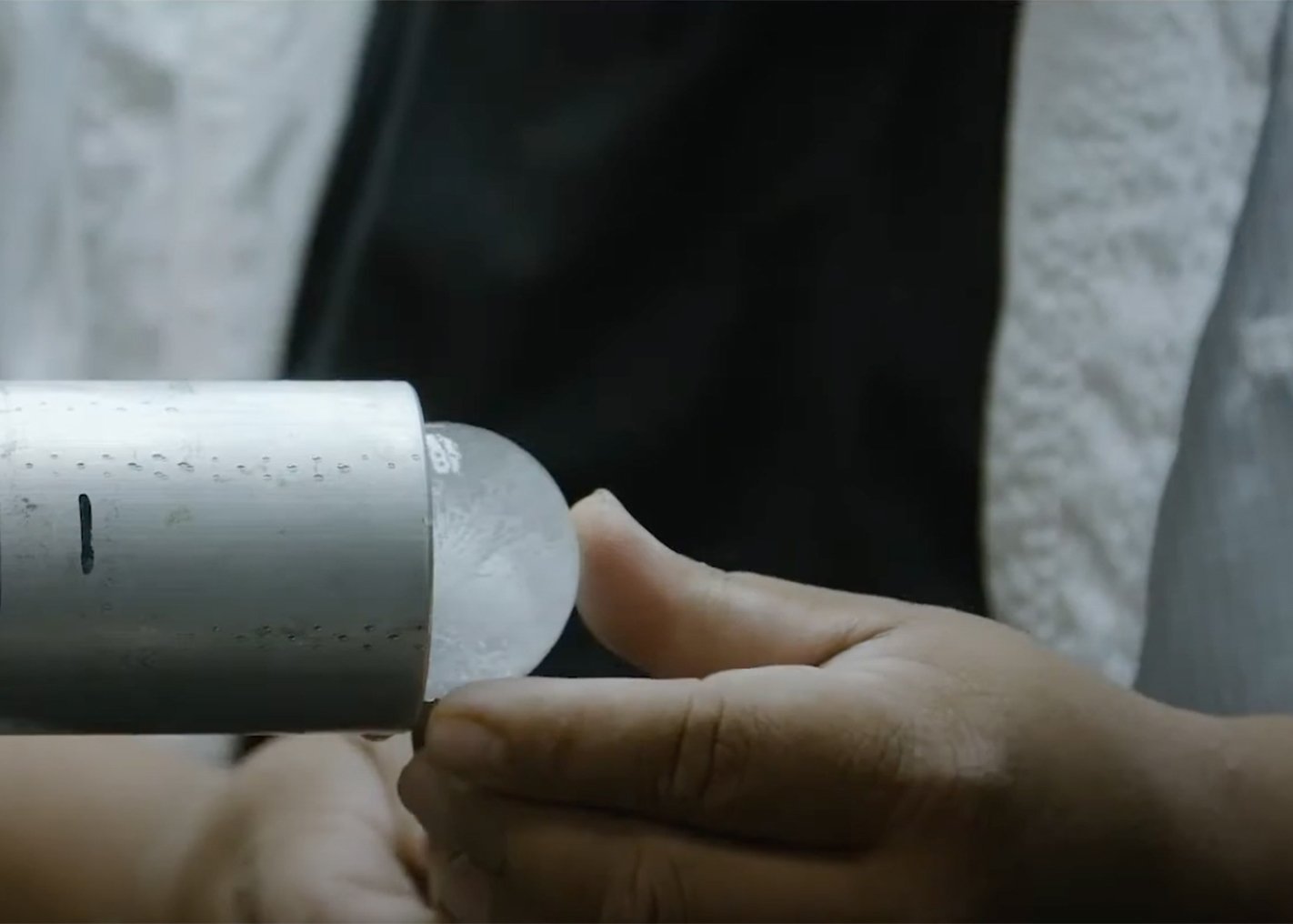A Letter From Our CEO (2024)
As RETC publishes its sixth annual PV Module Index Report, our organization has never been better positioned to support the global energy transition. RETC recently acquired SolarPTL, a photovoltaic testing laboratory based in Tempe, Arizona, with a dedicated outdoor testing facility. This acquisition provides manufacturing companies from Arizona to Texas with a regional partner for product testing and certification.
RETC Finalizes SolarPTL Acquisition
RETC (Renewable Energy Test Center), a subsidiary of VDE, has announced the successful acquisition of SolarPTL LLC. By combining capabilities, RETC and SolarPTL will provide clients with the industry’s best in the testing and certification of renewable energy products and systems.
Responsibly Scaling Solar Development
The solar industry will play a prominent role in global efforts to mitigate the worst impacts of human-caused climate change. To do so sustainably, the solar industry must minimize its carbon footprint, mitigate its environmental impacts, promote a circular economy, and field durable products and systems.
A Letter From Our CEO (2023)
As RETC publishes its fifth annual PV Module Index Report, our work has never been more essential to securing a livable future. Tackling the global climate crisis via mass electrification and deep decarbonization requires massive solar investment, manufacturing, and deployment increases. Thank you for being our partners and collaborators in this momentous endeavor.
Congratulations to 2023 PVMI Awardees
RETC proudly presents the 2023 PV Module Index Report. Our annual publication showcases industry-leading solar module technologies and manufacturers. Throughout the 2023 edition of the PVMI Report, RETC has recognized 19 different manufacturers and showcased 78 instances of high achievement.
Beyond-Qualification Tests and Risk Mitigation
Beyond-certification testing is one of the industry’s most valuable tools for mitigating project and supply chain risk. Environmental stresses vary according to location. Product performance differs based on exposure. With the right data, these differences are not random but rather statistically predictable.
Hail Risk Mitigation Tips and Best Practices
Large-diameter hail risk is inevitable in some parts of the world, but large project losses are not. John Sedgwick, president of engineering advisory firm VDE Americas, shares some lessons learned about—and best practices for identifying, quantifying, and mitigating—severe hail risk in fielded solar assets.
Congratulations to Prize-Winning Hail Cat Team
American-Made Program awards $50,000 to VDE Americas-led Solar Prize team that uses RETC’s Hail Durability Test data. The Hail Cat team is developing a web-based software platform that will allow stakeholders to identify, quantify, and mitigate natural catastrophe (Nat Cat) perils associated with severe hail.
Webinar | “Hail Risk in Solar” Assets
Join RETC, VDE Americas, and CAC Specialty for a pv magazine-hosted webinar on January 18, 2023. Our featured subject matter experts will share lessons learned about and best practices for identifying, quantifying, and mitigating severe hail risk based on project location and fielded PV module technology.
Flat-Plate Solar Array Project
Funded by the U.S. government and led by the Jet Propulsion Laboratory (JPL) from 1975 to 1986, the FSA Project marks the genesis of the terrestrial solar market. RETC looks back at JPL’s ground-breaking work in the first of a series of articles about major milestones in PV module reliability and durability testing.
Large-Format PV Module Evaluation
The value proposition associated with large-format PV modules is so compelling that some industry analysts expect 500 W+ modules to account for 90% of the market by 2025. When evaluating large-format module designs for specific applications, however, keep in mind that upfront savings may come at a cost.
Mitigating Extreme Weather Risks
Since 2015, insured solar project losses associated with extreme weather events are roughly twice the magnitude of those stemming from natural catastrophes. Viewed as a learning opportunity for project stakeholders, this breakdown of weather-related losses is enlightening.
RETC’s Hail Durability Test Program
In May 2019, hail damaged some 400,000 modules at the Midway Solar generating facility in West Texas, resulting in a previously unimaginable $80 million in insured losses. Recognizing that basic certification test standards are inadequate to identify and quantify the project risks associated with hail, RETC developed its innovative Hail Durability Test (HDT) program.
Evaluating New N-Type PV Modules
Next-generation n-type PV cells are essential to the solar industry’s continued ability to drive down costs while improving performance. Here, we explore the promise of new n-type PV cell designs —as well as the potential challenges associated with scaling this promising technology.













